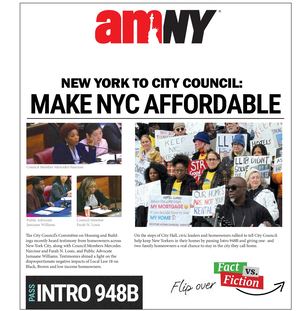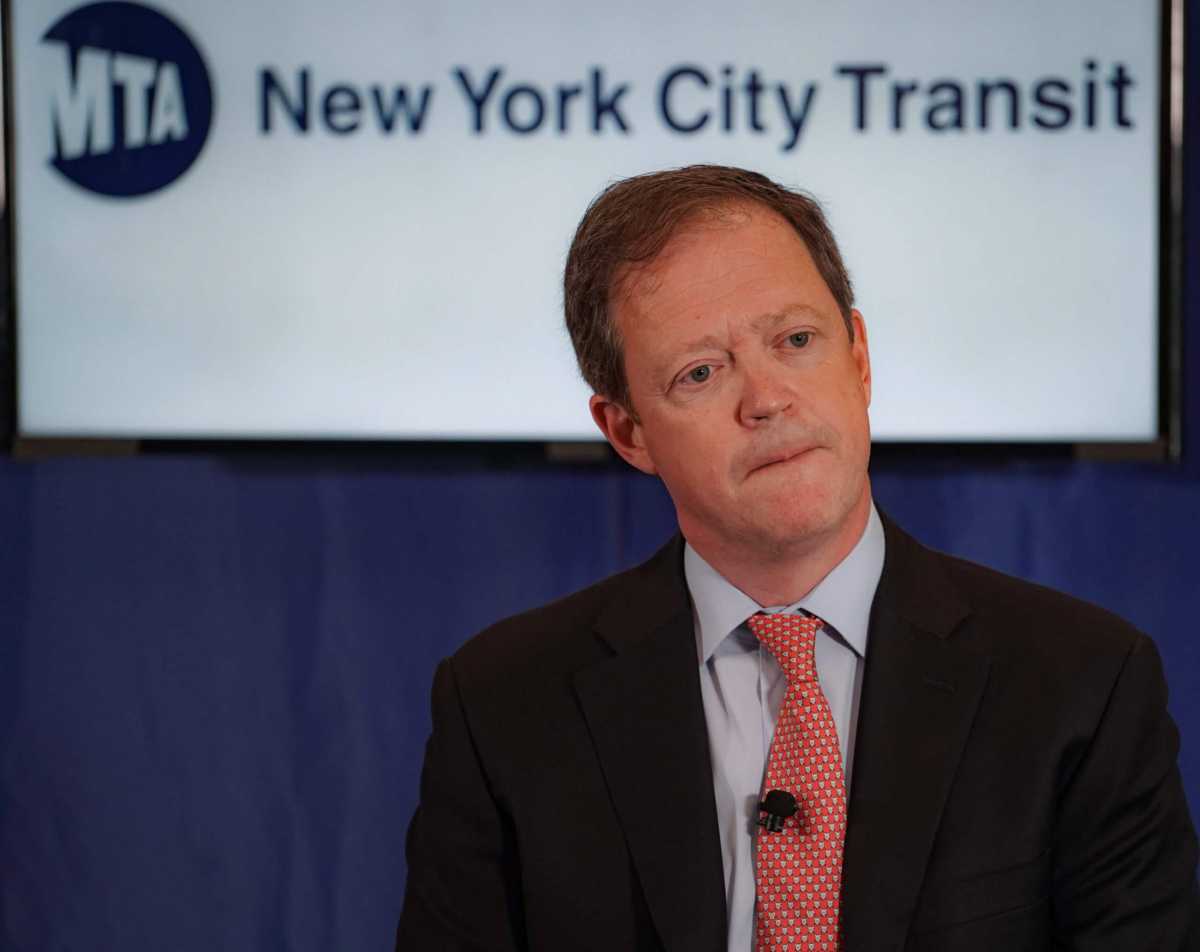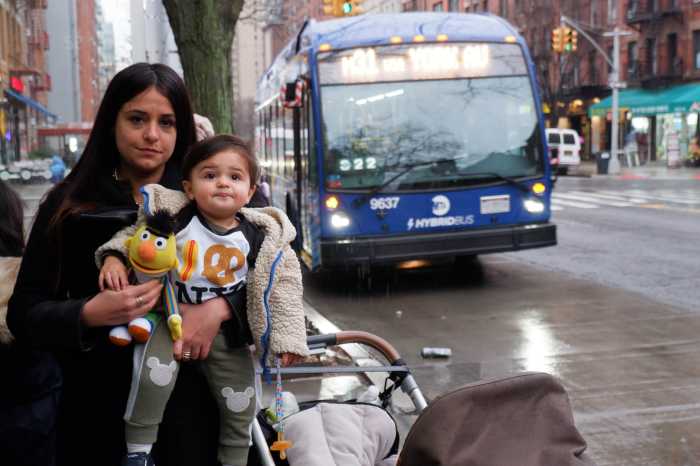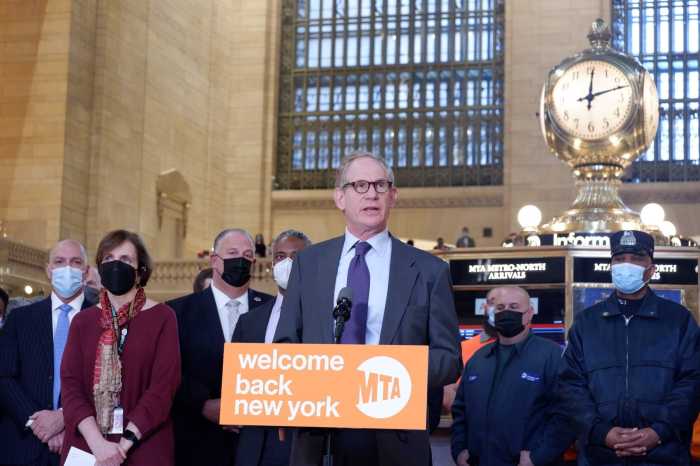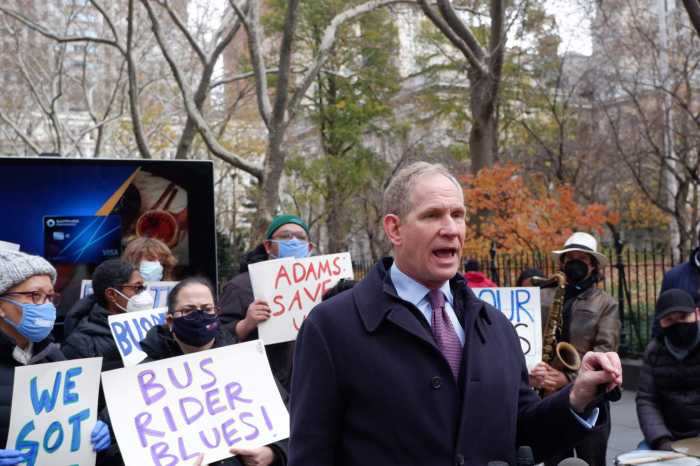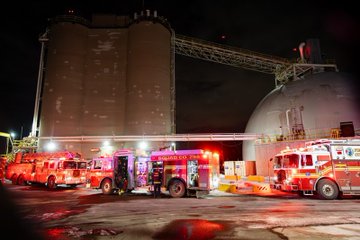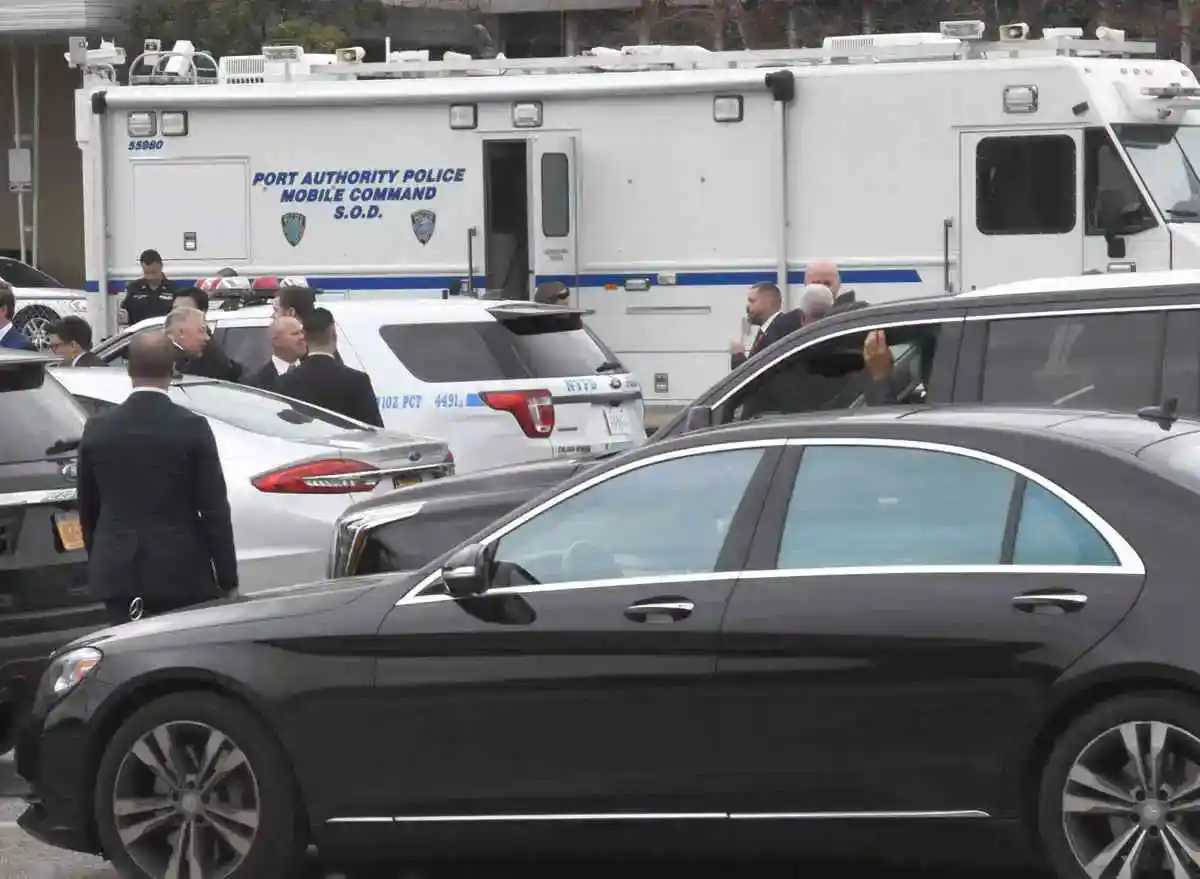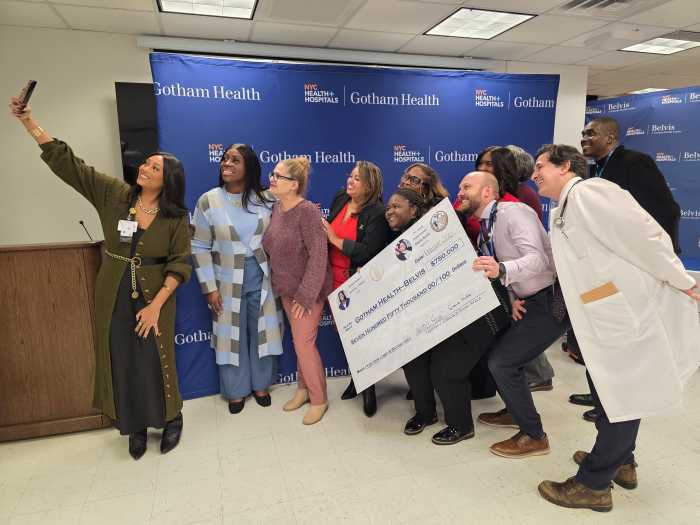The incoming president of New York City’s subways and buses Richard Davey wants to make the Big Apple’s sprawling transit system safer, more reliable, and cleaner.
The former Massachusetts Transportation Secretary and consultant executive told reporters at the Metropolitan Transportation Authority headquarters Tuesday that he was eager to roll up his sleeves to better commutes for millions of New Yorkers.
“The opportunity to come and work in New York City Transit, you might say it is a dream job for someone who loves public service and loves public transportation,” Davey said.
Davey is poised to take over the job on May 2 of managing the subways, buses, the Staten Island Railway, and paratransit, after more than two years of interim leadership since “Train Daddy” Andy Byford resigned in January 2020.
The Bostonian, who also used to run that city’s subway (commonly known as the T), said he will continue to work with the city and state to make riders feel safe.
“In many respects subway systems here and around the world are the public square, so whatever is happening out in the public spills into our subway system.” he said. “That’s what’s happening now, whether it’s crime, homelessness, addiction.”
“So we need to bring those issues to light and help those folks where we need help and prosecute those folks when they’re doing bad things,” Davey added.
He vowed to speed up projects already set in motion by his predecessors that aim to make subways run better, like upgrading its ancient signals, increasing speed limits, and fixing power issues.
“Having spent just a few days here, I think it’s taking the ideas that exist and accelerating the heck out of them so that they’re making a difference today,” he said. “We know that there’s a tipping point for ridership… that if you’re not running, frequent service, or reliable service, or predictable service, then you’ll lose some ridership shed for sure.”
The 48-year-old more recently worked as a partner and director at Boston Consulting Group, and has been switching gears over the last days and weeks to explore the trains and visit bus depots in the Five Boroughs.
Regarding the buses, he said he was excited for the upcoming borough-by-borough network redesigns, having worked as a lead consultant for a bus overhaul in Washington D.C.
One of the more hot-button issues he’d like to move faster along is the MTA’s new working group looking at relaxing the agency’s ban of unfolded strollers aboard buses.
“I don’t have any answer yet, but I completely endorse what [NYCT interim President] Craig Cipriano and the transit team did, which is to pull together a working group of stakeholders to come back to us with recommendations,” he said. “The only thing I would expect is to not wait months for those recommendations, but weeks.”
Opposition to the long-standing pram ban flared up in recent weeks as parents lobbied the agency to relax its prohibition on the unfolded carriages, but disability advocates pushed back fearing the loss of their legally guaranteed spaces.
Davey has in the past called his decision to bar strollers on buses during his tenure in Boston “the dumbest idea I floated,” but when asked about it Tuesday, he said he will have to take a fresh look at the issue here.
“There’s unique contexts in all cities and places that need to be thought through, and in Boston it was a bit of a different context,” he said.
The soon-to-be transit honcho also wants to fix smaller parts of the system like shoddy public announcement technology on subways.
“I know operators were making announcements on a few of the subway cars that I was on — I couldn’t hear them,” he said, recalling a recent trip. “I don’t think it’s their fault, I think it’s probably dated technology and so I think that’s something I’d want to dig into for sure.”
Davey was hesitant, however, to reopen subway station restrooms that have remained shuttered throughout the COVID-19 pandemic.
“If we’re trying to remove some of the social ills that are occurring, homelessness, crime, and yet you’re reopening rooms that then can be closed — I have a lot of worry about that,” he said. “I think it’s more complicated than just opening or closing a bathroom.”
